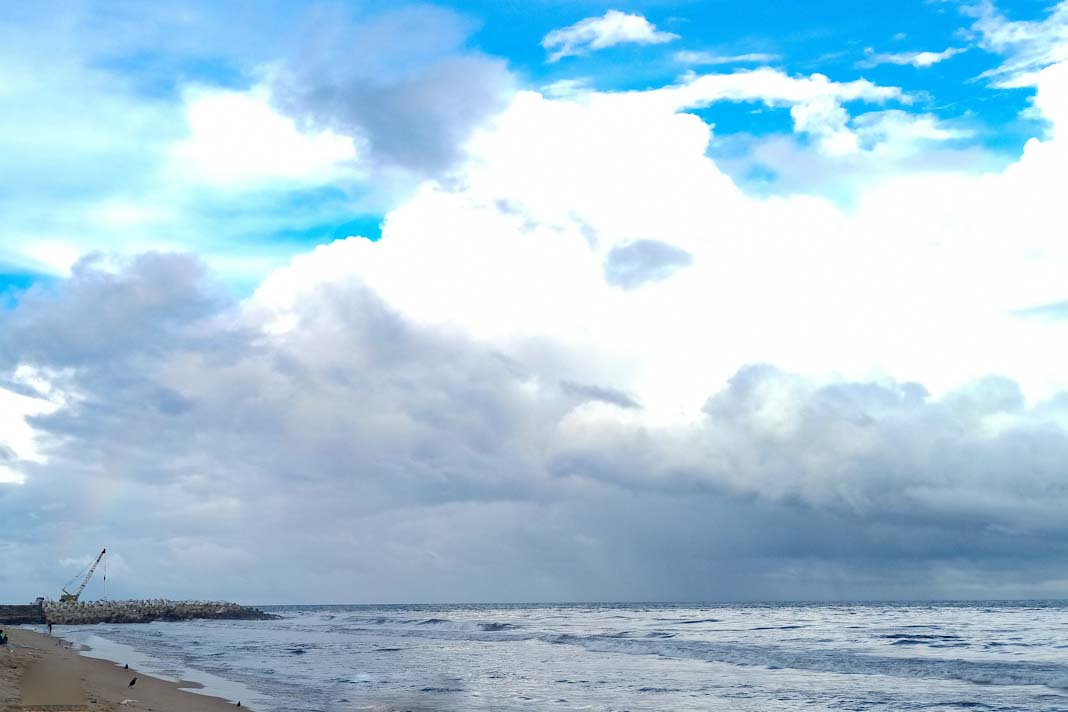In July 2024, the Freightos Baltic Global Index surged by 14% month-over-month (MoM) to reach $5,073 per FEU. This peak represents a 47% increase over February’s rates and a staggering 270% rise compared to 2019 levels. The climb in rates was primarily driven by peak season demand and persistent congestion in key Asian ports, reports Baltic Exchange.
Stable rates
Despite the dramatic rise early in the month, rates began to stabilize or slightly ease from mid-July onward, suggesting that the market may have hit its peak for the year. Major Asian container hubs, such as Singapore, have seen congestion ease from the severe levels experienced in May, partly due to carriers expanding capacity on East-West routes.
The early onset of peak season in North America and Europe appears to be a significant factor in this trend. Shippers expedited their movements to avoid delays and potential disruptions, contributing to a pre-emptive easing in peak season demand and associated spot rates.
Rates for shipments from Asia to the US West Coast closed July at $7,628 per FEU, marking an 8% increase from June but a 6% dip from the mid-month high. Rates to the US East Coast saw a 19% MoM rise to $9,824/FEU, stabilizing after the second week of July.
For Europe, rates from Asia to North Europe climbed 17% MoM to $8,369/FEU, surpassing January’s peak by 53% and 2019 levels by 535%. However, they fell 3% from early July highs. Mediterranean rates increased by 8% to $7,796/FEU by the end of the month, stabilizing after early-month fluctuations.
The expected rate decreases will be welcomed by shippers, though peak season demand will likely sustain relatively high rates into September. As demand softens, a gradual rate decline is anticipated rather than a dramatic drop. Rates are expected to remain above the lower levels seen during March and April when they were still roughly double 2019 figures.
Regions such as the Middle East, South Asia, parts of Africa, and intra-Asian routes continued to see significant General Rate Increases (GRIs) and surcharges in July, largely due to congestion and capacity shifts to major trades. Conditions in these areas are expected to improve as peak season demand wanes and capacity reallocates.
The month also saw increased Houthi attacks in the Red Sea and Israeli retaliation, although the impact on ocean freight was minimal due to carriers already avoiding the area. A CrowdStrike IT outage in July had a more pronounced effect on air freight than on ocean freight.
Did you subscribe to our daily Newsletter?
It’s Free! Click here to Subscribe
Source: Baltic Exchange

















